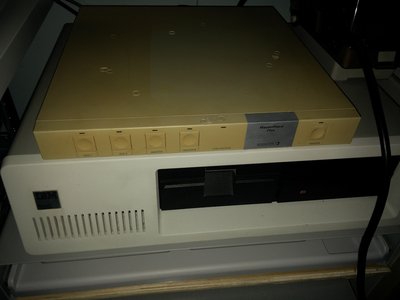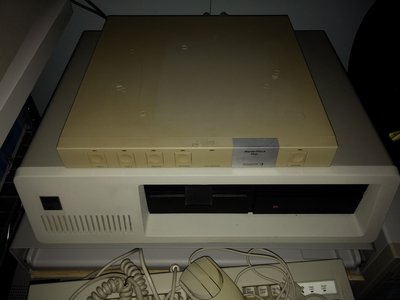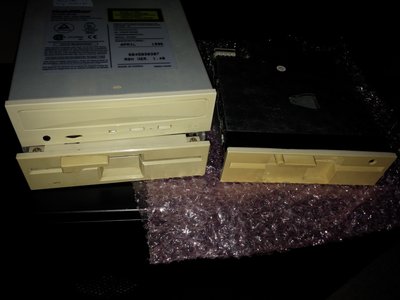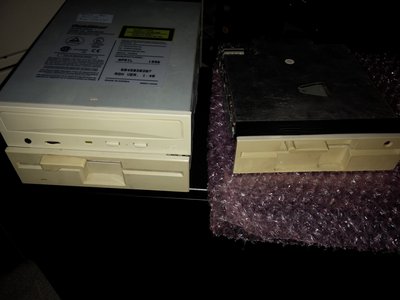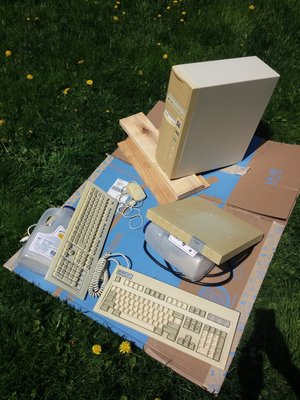You are spot on! And this has actually been scientifically researched before, and actually published, as you can find in this ar […]
Show full quote
You are spot on! And this has actually been scientifically researched before, and actually published, as you can find in this article: https://www.ncbi.nlm.nih.gov/pmc/articles/PMC4320144/
"Exposure to ultraviolet, UV, radiation may cause the significant degradation of many materials. Damage by UV radiation is commonly the main reason for the discoloration of dyes and pigments, weathering, yellowing of plastics, loss of gloss and mechanical properties (cracking), sun burnt skin, skin cancer, and other problems associated with UV light."
Also of interest is this article: http://read.nxtbook.com/wiley/plasticsenginee … antscorner.html
Basically, there are multiple ways that plastic can degrade. The yellowing is a result of oxidation; this can happen in multiple ways, two of which are thermal oxidation and photo-oxidation.
So let's talk about photo oxidation for a minute: 1. The UV component in sunlight is known to cause yellowing of plastic through photo-oxidation. This is a chemically proven fact, your plastic will yellow because of sunlight. 2. As paradoxic as it may sound, the UV light sans other contributing negative factors (heat and moisture which cause thermo-oxidation and are probably the cause of yellowing to occur or return in my stored electronics in a poorly vantilated storage) also causes photodegradation of the yellow pigment hence a return to a more neutral look.
Hence, if your plastic is exposed to sunlight in the presence of thermo-oxidizing conditions, the sunlight causes more yellowing than bleaching. If your plastic is exposed to the sun in the absence of thermo-oxidizing conditions, the bleaching process cures the yellowing.
Now that the science of the process is somewhat established, here's another experiment for you to try. Bake those yellowed plastics under a very strong UV Light indoors, in an air conditioned room. For giggles, do it in a room where the Ozone generator is also running. Compare.
I'm confident it will work.
